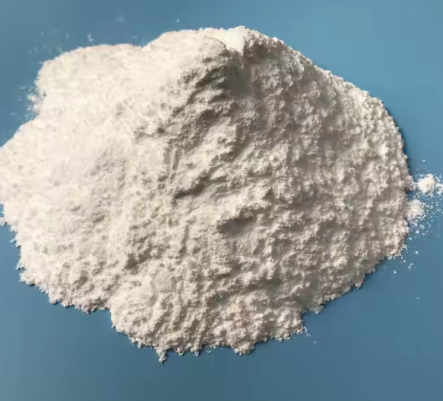Understanding Surfactants in Cleaning Products
Surfactants (surface-active agents) are key ingredients in most cleaning products, playing a crucial role in removing dirt, grease, and stains. These compounds help break down and disperse oils, making them easier to rinse away. As a leading OEM/ODM cleaning product manufacturer, we focus on formulating effective, safe, and eco-friendly surfactant-based solutions.
Types of Surfactants Used in Cleaning Products
Surfactants are categorized based on their charge in solution. Each type serves a unique purpose in cleaning formulations.
1. Anionic Surfactants
Anionic surfactants are widely used due to their strong cleansing and foaming properties. They are particularly effective in removing grease and dirt.
- Sodium Lauryl Sulfate (SLS) – A powerful degreaser found in household detergents and shampoos.
- Sodium Laureth Sulfate (SLES) – A milder alternative to SLS with better solubility and less irritation.
- Linear Alkylbenzene Sulfonates (LAS) – Common in dishwashing liquids and laundry detergents for their excellent grease-cutting ability.
- Alpha-Olefin Sulfonates (AOS) – Known for good biodegradability and foaming performance in personal and household cleaning products.
2. Non-Ionic Surfactants
Non-ionic surfactants have no charge, making them less harsh and suitable for sensitive surfaces.
- Alcohol Ethoxylates (AE) – Highly effective in breaking down oily stains without excessive foaming.
- Alkyl Polyglucosides (APG) – Derived from renewable sources (such as corn and coconut), offering excellent biodegradability and mildness.
- Cocamide DEA & Cocamide MEA – Foam stabilizers and viscosity enhancers commonly found in shampoos and liquid soaps.
3. Cationic Surfactants
Cationic surfactants carry a positive charge and are mainly used in fabric softeners, disinfectants, and conditioners.
- Benzalkonium Chloride (BAC) – A disinfectant surfactant with antibacterial properties, often found in household and industrial cleaners.
- Cetyltrimethylammonium Bromide (CTAB) – Used in hair conditioners and fabric softeners to reduce static and improve texture.
4. Amphoteric Surfactants
Amphoteric surfactants can behave as both anionic and cationic, depending on pH levels. They are known for their mildness and are often used in personal care and baby products.
- Cocamidopropyl Betaine (CAPB) – A gentle, foaming agent commonly found in body washes and hand soaps.
- Lauryl Betaine – Provides mild cleansing while enhancing foam quality.
Choosing the Right Surfactant for Your Cleaning Product
Selecting the right surfactant depends on multiple factors, including:
- Cleaning power needed – Anionic surfactants for strong degreasing or non-ionic surfactants for milder cleansing.
- Foaming properties – High-foam formulations benefit from SLS or CAPB, while low-foam applications use alcohol ethoxylates.
- Skin sensitivity – APG and CAPB are ideal for gentle cleansing formulations.
- Eco-friendliness – APG and AOS offer excellent biodegradability.
OEM/ODM Cleaning Product Solutions
At BUJOIN, we develop custom cleaning formulations tailored to your brand’s needs. Whether you require eco-friendly dishwashing liquids, powerful laundry detergents, or mild personal care cleansers, our R&D team ensures high-performance and safe formulations.
✅ Custom surfactant blends for different applications
✅ Biodegradable and skin-friendly options
✅ Regulatory compliance with global standards
✅ Flexible packaging and private labeling
Partner with Us for Your Cleaning Product Development
Looking to launch your own line of high-quality cleaning products? Contact us today for OEM/ODM solutions that combine innovation, safety, and sustainability.





